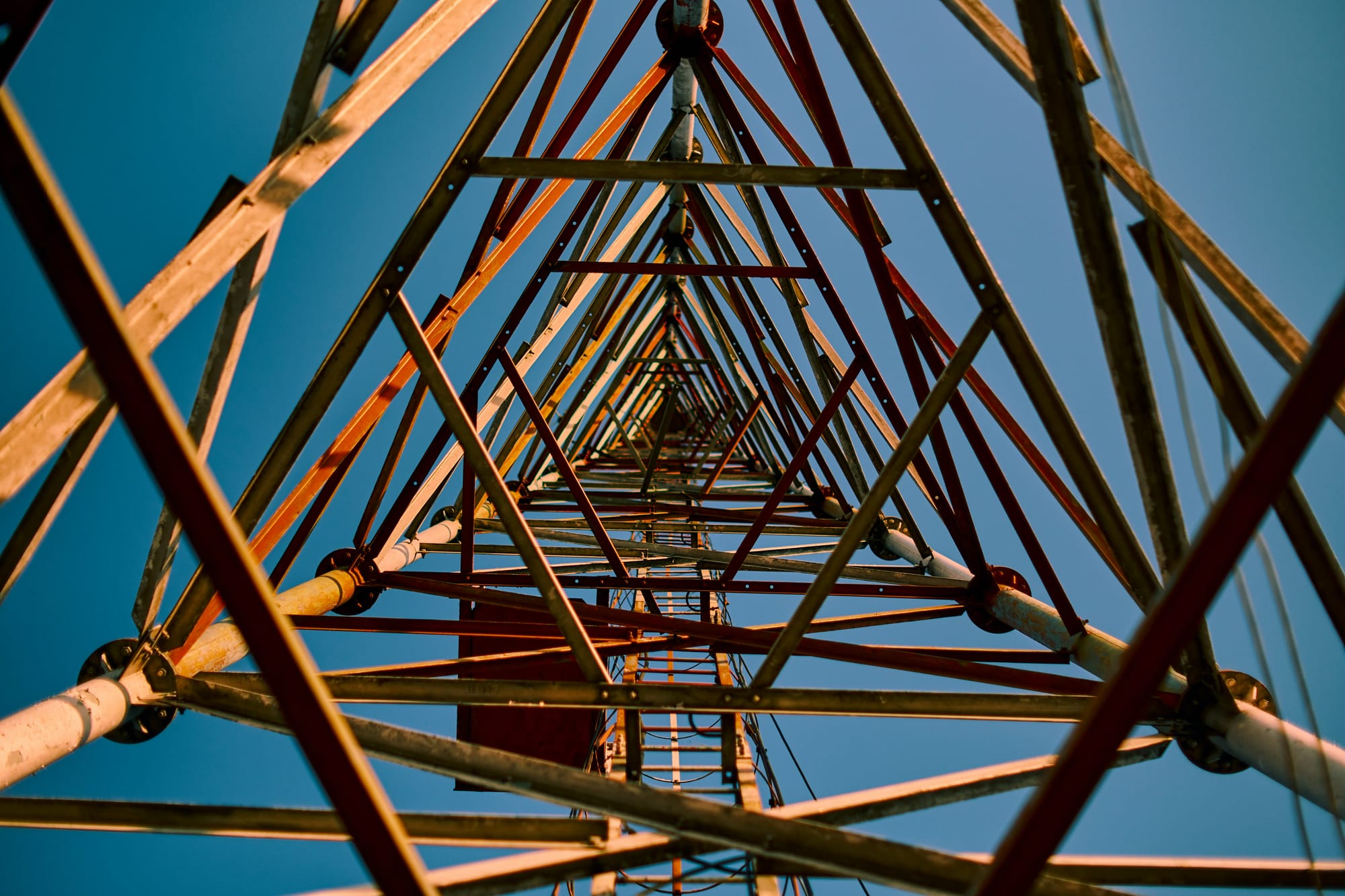How do you build resilience in a rapidly evolving technological landscape? The African Pre-seed Podcast spoke to three experts in the telecommunications industry towards the backend of 2023 to learn how they handle the challenges and opportunities shaping the telecommunications landscape in Africa.
Telecommunications companies are some of Africa’s largest corporations. About 40 telecom companies on the continent report annual revenues above $500 million, with more than half of these earning over $1 billion annually. Telecoms are also some of the largest employers on the continent. So, given their impact on the lives of Africans, leaders in telecom companies have a substantial responsibility on their hands.
Even at the ISP (internet service provider) level, challenges rear their heads differently and present strategists and technologists with daily risks that could threaten their business survival. How they deal with those risks internally and externally marks their abilities as leaders.
Competition, finance challenges and meeting growing demand
Willie Oosthuysen, Chief Strategy Officer at Liquid Intelligent Technologies, Peter Muhumuza, Chief Technology Officer of Roke Telkom, and Najid Nasr, Field Network Director at Africell DRC, shared valuable insights into the challenges and opportunities in an era defined by rapid technological evolution.
Intense competition was the first answer to come to Muhumuza’s mind. The Chief Technology Officer of Roke Telkom, which serves corporate entities in Uganda by providing internet and leased line services, said: “There are also a lot of operational costs and regulatory problems.”
He said the COVID-19 pandemic has spurred the emergence of a home market in Africa, leading to increased demand for internet services at home.
Muhumuza also lamented the financing struggles encountered by ISPs, emphasising the disconnect between financial institutions and the unique dynamics of their business. Banks often perceive the ISP sector as risky, limiting access to funding for essential growth. He stressed the need for improved communication and understanding between ISPs and financial institutions to unlock growth potential.
“We need someone to understand this kind of business. Maybe someone from the same background who understands it's a trial-and-error method. We look at the stats, we see the usage, we even see the content they're using, what they're interested in,” Muhumuza said.
“We're seeing a lot of content in homes, videos getting to homes, TV is getting to homes, sport is getting into homes. So, that's the biggest growth area we're seeing. The B2B is actually reducing because all businesses are looking to reduce costs.”
Najid Nasr’s days are filled with spotting risk. The first thing the Field Network Director at Africell DRC does from his office in Kinshasa is monitor what’s happening on the network. “I check for any complications, any issues on some sites, some fibre segments and make sure to stay calm,” Nasr said. “The second thing is to check the projects for progress. We are constantly expanding our network. And then we'll start the meetings and the discussion with the suppliers and the vendors, the tower companies and the board.”
Building a resilient network involves strategic planning, attention to detail, and collaboration, said Nasr, and he highlights the importance of diversification in suppliers, redundancy in design, and thorough testing before production to ensure operational resilience.
“The biggest challenge for us is infrastructure and accessibility to the main access network in the world. To access the rural areas is very challenging for us. The main roads are disastrous. Some areas don’t even have main roads,” Nasr said.
“There are not many IP Transit Providers (IPT) who can deliver a service, and it’s a risk to have only one IPT serving one area. You are putting all your customer or your user experience at risk whenever there is an outage or a big problem with this IPT.”
Africell DRC’s strategic focus on building a metropolitan fibre network in urban areas and a fibre ring network demonstrates its commitment to overcoming infrastructure challenges. Nasr advises on constructing roads and collaborating to minimise investment, particularly in rural areas where the World Bank predicts a positive impact on GDP with increased broadband penetration.
“Focus on the business, on how to grow market share, how to penetrate, and how to give access in different regions. That's number one. Number two is the main challenge, we started with 2G technology equipment, then we moved to 3G and 4G later on. We built our fibre ring network as the microwave links will not support the bandwidth. It was a challenge to build a metropolitan fibre network inside the urban area in Kinshasa. And like this, we built a safe backbone for our network to be protected all the time.”

Moving brick-and-mortar infrastructure into the digital age
Willie Oosthuysen, Chief Strategy Officer at Liquid Intelligent Technologies, told The African Pre-seed Podcast about the importance of collaboration at the infrastructure layer to create a reliable foundation for digital services. Building fibre networks and data centres is prioritised to support digital interfaces effectively.
“It's really about creating that economies of scale. You can't just throw money and build your own. Where somebody else already has access or has services, it's much better to just use that and move it off your balance sheet, into your income statement to say, there's a cost of sale instead of a capital item that you have to go build,” Oosthuysen said.
So how does Oosthuysen approach the problem of resilience?
“Typically any chief strategy officer looks at, ‘How do we monetise your assets the best?’ Do we have an area where our assets are not giving the return to the shareholders that we need? That we work on. Those are some of the high-priority items that we look at. When we look at the resilience of the networks, it's always a cost-benefit analysis. If you deliver a service to a hyperscaler, there's certain requirements from the customer. You have to build to the customer requirements to make sure you don't disappoint in terms of what we're building for them.
“And then it might be more because, typically, these larger hyperscalers are very specific about what they want, and they want it now. So there's always urgency in terms of building resilient networks there. But it's also very important to pay attention to the detail and also try as we try to rush the jobs,” he explained. “The most important thing is to make sure that we actually test it before production. We've got processes.”
All three experts agree on one thing: that resilience requires planning because, without it, the risks appear far greater and more consequential.
Subscribe to the African Pre-seed Podcast and Newsletter here.

